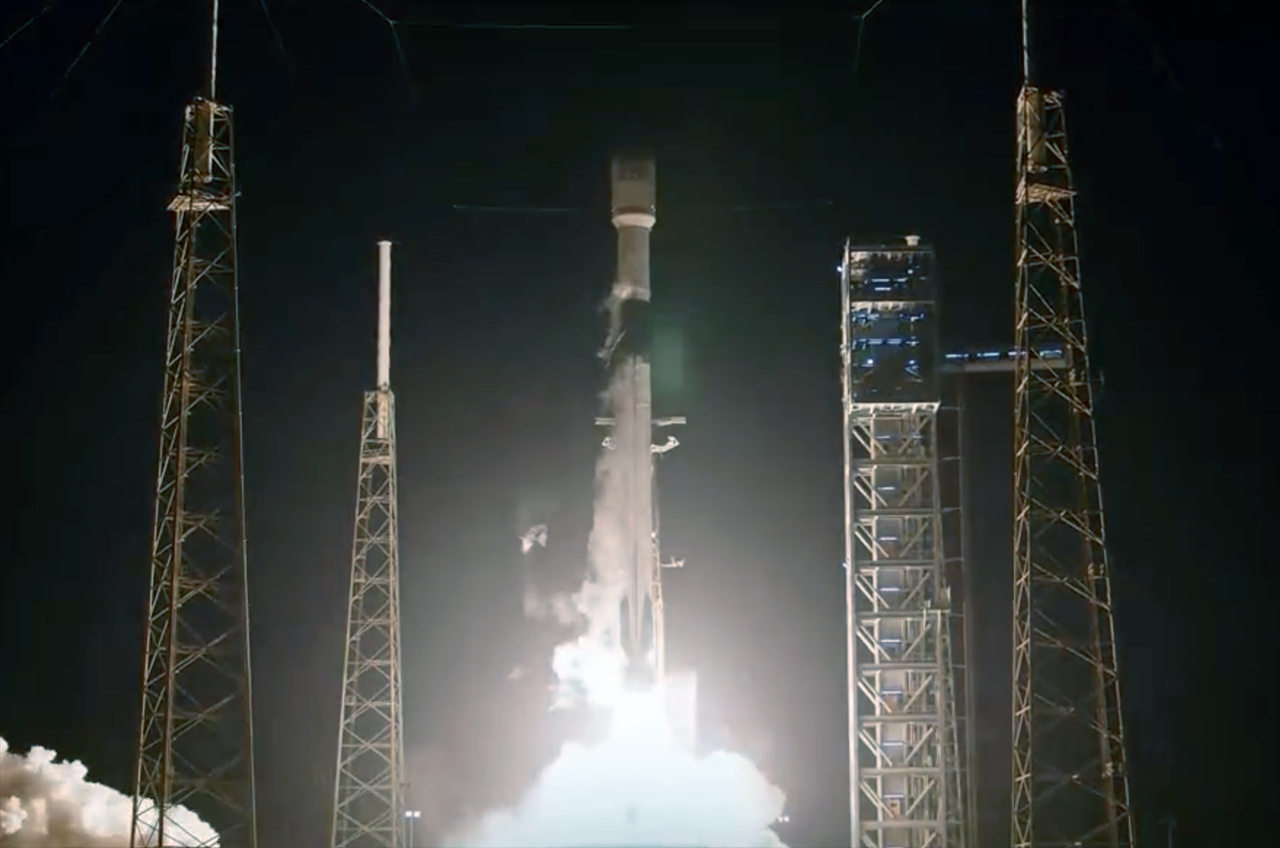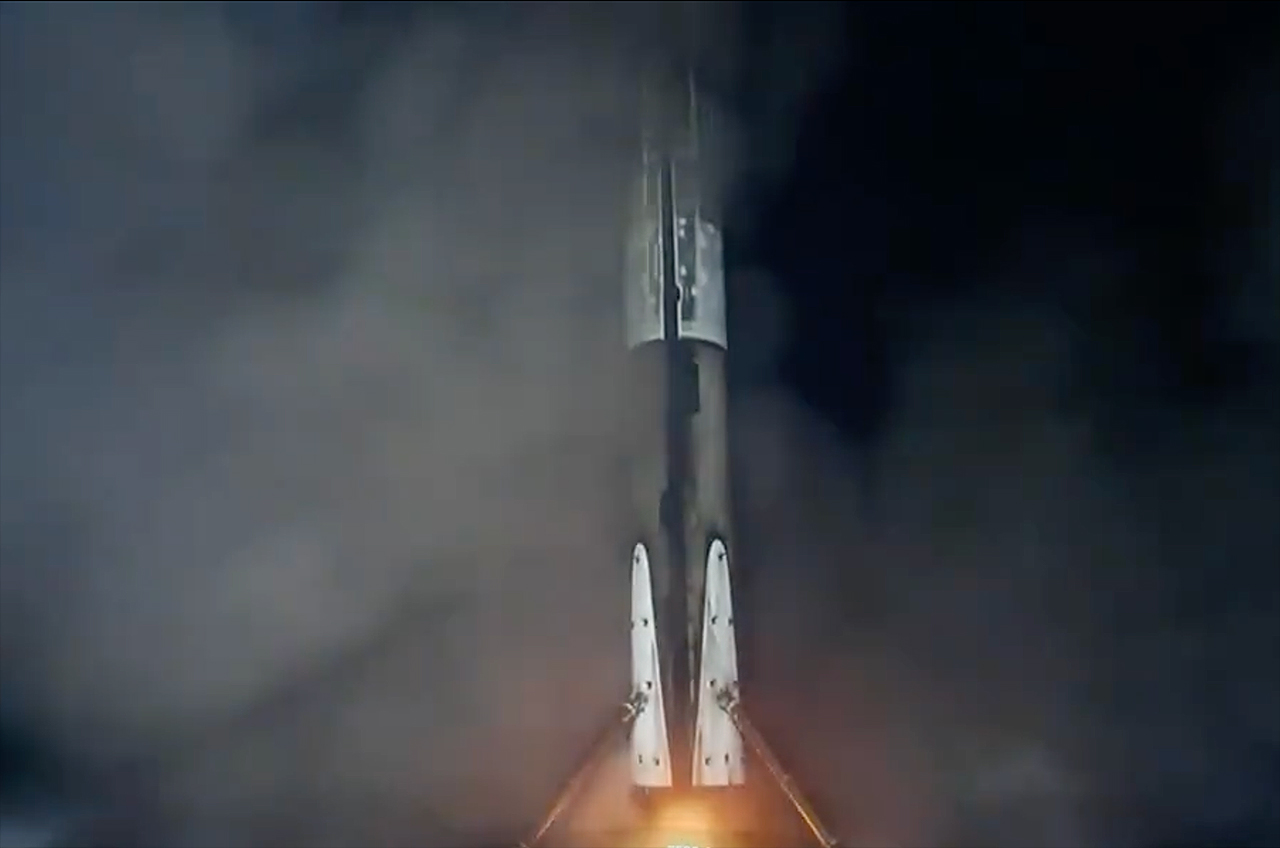SpaceX launched another batch of its Starlink internet satellites on Monday (Dec. 18) after a series of delays.
The company launched 23 Starlink spacecraft from Florida's Cape Canaveral Space Force Station atop a Falcon 9 rocket at 11:01 p.m. EST (0401 GMT on Dec. 19).
The Starlink liftoff was originally scheduled for Dec. 11, but SpaceX stood down from it due to weather concerns. Mother Nature continued to be uncooperative until Monday night.
SpaceX also initially targeted Dec. 11 for the launch of the U.S. military's X-37B space plane atop a Falcon Heavy rocket, but that try was scuttled due a ground issue. The Falcon Heavy launch is now planned for Dec. 28.
Related: Starlink satellite train: How to see and track it in the night sky

As to plan on Monday, the Falcon 9's first stage came back to Earth for a vertical landing about 8.5 minutes after launch. It touched down on the droneship "A Shortfall of Gravitas," which was stationed in the Atlantic Ocean off the Florida coast.
It was the third launch and landing for this particular booster, according to a SpaceX mission description. Its other two missions were Crew-7 and CRS-29, which sent astronauts and cargo, respectively, to the International Space Station for NASA.
Get the Space.com Newsletter
Breaking space news, the latest updates on rocket launches, skywatching events and more!
The 23 Starlink satellites, meanwhile, were set to deploy from the Falcon 9's upper stage into low Earth orbit about 65.5 minutes after liftoff.

Starlink is SpaceX's internet megaconstellation, which currently consists of more than 5,000 operational spacecraft.
The enormous network has grown a great deal over the past year. SpaceX has launched more than 90 orbital missions in 2023 so far, and most of them have been dedicated to building out the Starlink constellation.
Editor's note: This story has been updated multiple times, with news of the various weather delays and its eventual launch.
Join our Space Forums to keep talking space on the latest missions, night sky and more! And if you have a news tip, correction or comment, let us know at: community@space.com.

Michael Wall is a Senior Space Writer with Space.com and joined the team in 2010. He primarily covers exoplanets, spaceflight and military space, but has been known to dabble in the space art beat. His book about the search for alien life, "Out There," was published on Nov. 13, 2018. Before becoming a science writer, Michael worked as a herpetologist and wildlife biologist. He has a Ph.D. in evolutionary biology from the University of Sydney, Australia, a bachelor's degree from the University of Arizona, and a graduate certificate in science writing from the University of California, Santa Cruz. To find out what his latest project is, you can follow Michael on Twitter.









